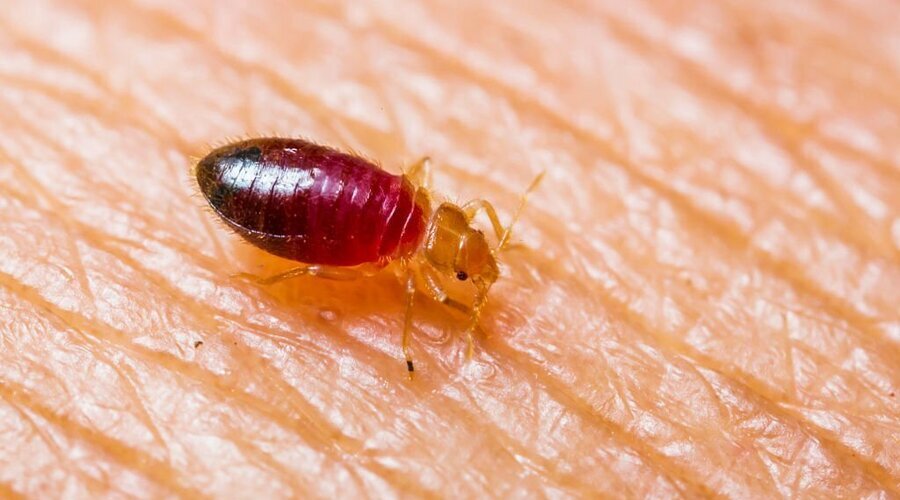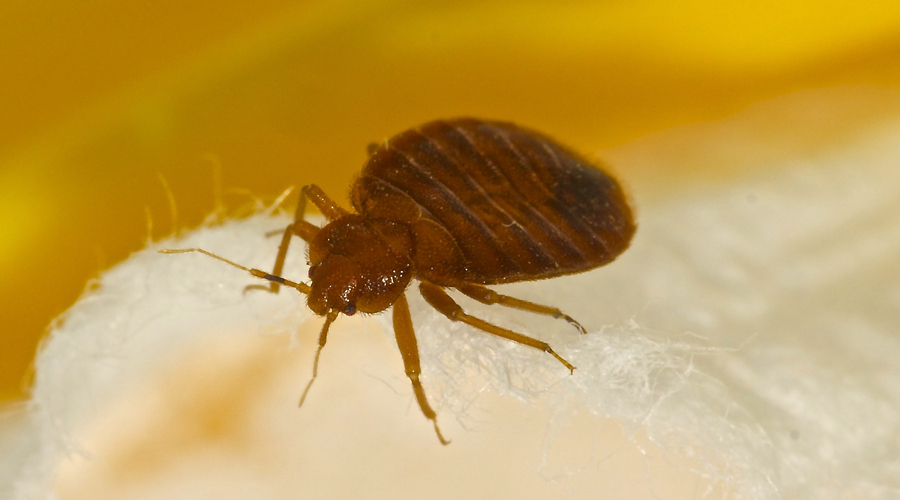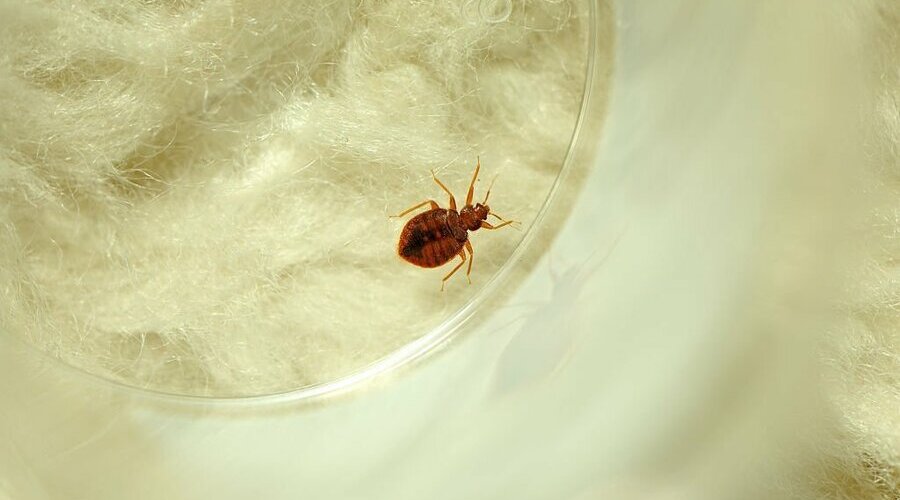How to Prevent Bed Bugs
A Guide to Keeping Those Pesky Bugs Away
Bed bugs can be a nightmare. Those tiny, blood-sucking insects can easily infest your home and cause tons of itching and discomfort. But with some diligence and preventative measures, you can stop bed bugs before they become a problem.
In this guide, we’ll walk through the steps you can take to keep bed bugs out of your house.
We’ll cover how to recognize signs of an infestation, where bed bugs like to hide, and effective ways to discourage them from ever taking up residence in your home.
What Are Bed Bugs?
First, let’s talk about what bed bugs actually are. Bed bugs are small parasitic pests that feed on the blood of hosts. There are two main species:
- Cimex lectularius – The common bed bug, often found in temperate climates. Brown in color, about the size of an apple seed.
- Cimex hemipterus – Tropical bed bug found in more humid regions. Also brownish, slightly larger than C. lectularius.
Bed bugs go through five nymph stages before reaching adulthood. They can survive for up to a year without feeding, and correcting infestations becomes challenging due to their tolerance to pesticides.
Recognizing Signs of Bed Bugs
Catching a bed bug infestation early makes addressing it much easier. Look for these signs:
- Red, irritating bite marks, often in a line or cluster. Some individuals have no reaction, so bites aren’t a definite indicator.
- Small spots on bedding. Bug droppings and stains.
- A sweet, stale odor. Bed bugs produce pheromones and an odor when alarmed.
- Seeing live bugs. They’re sneaky, but check bedding seams, joints, and under furnishing.
- Eggs and eggshells. Tiny white ovals about 1mm long.
Tips for Preventing Bed Bugs
Stopping bed bugs starts with vigilance. Follow these proactive measures to keep them out of your home:
Inspect Secondhand Furniture and Beds
Bed bugs love to hitchhike into homes by concealing themselves in used furnishings and bedding. Check all secondhand items thoroughly before bringing them home.
- Examine seams, tufts, and undersides carefully. Use a flashlight.
- Do not accept upholstered with bugs inside – repairing won’t work.
- If possible, steam clean secondhand bedding before use.
Be Cautious Using Shared Laundry
Public laundromats are prime locations for picking up bed bugs on clothing or bags. To avoid infestation:
- Inspect washers and dryers before using. Look for live bugs or spots.
- Keep belongings off floors and away from furnishings.
- Use high heat in dryers – at least 120°F to kill bugs.
- Transport laundry in plastic bags. Inspect again at home before unpacking.
Monitor Shared Living Spaces
In apartments, dorms, and homes with housemates, bed bugs can easily spread from room to room, and they can even travel with you. Prevent their spread by:
- Allowing annual pest inspections by landlords.
- Avoid swapping furnishings or beds between rooms.
- Notifying landlords/roommates immediately if you find bugs.
- Treating all connected units at the same time.
Reduce Clutter
Messy rooms with lots of clutter give bed bugs lots of spots to hide. Keep things clean and organized:
- Declutter closets and under beds. Get rid of unnecessary items.
- Store unused clothes in sealed bins, not piles on the floor.
- Vacuum and dust frequently to eliminate hiding spots.
Use Protective Mattress Covers
Bedding encasements seal out bed bugs and make monitoring easier:
- Covers should be tear-resistant and zip closed. Vinyl or high-denier fabric works.
- Cover bedding and box spring completely, including seams and edges.
- Check covers regularly for holes or tears. Replace if damaged.
Vacuum Regularly
Frequent vacuuming kills bed bugs and picks up stray ones:
- Vacuum seams, tufts, and edges of bedding and furnishings weekly.
- Utilize attachments to access narrow gaps and crevices.
- Empty the vacuum or seal and dispose of the bag after each use.
Seal Cracks and Crevices
Bed bugs infiltrate impossibly tight areas.. Seal them out by:
- Caulking cracks in floors, walls, and other openings.
- Using steel wool or copper mesh to fill gaps in furnishing joints
- Filling voids around pipes and conduits.
Install Door Sweeps
Door sweeps and weatherstripping block access points into rooms:
- Attach sweeps/seals along bottom edges of doors and windows.
- Ensure a tight fit between sweeps and flooring with no gaps.
- Caulk and seal any openings around installed sweeps.
Use Heating or Cooling Treatments
Extreme temperatures easily kill bed bugs. Options like portable heaters or thermal remediation can pasteurize infested items:
- Heating chambers heat items to 48.89 °C – 60 °C (120°F to 140°F) for 1-2 hours.
- Specialized heaters raise room temperatures to deadly levels temporarily.
- Thermal remediation heats entire structures to exterminate pests.
- Desiccant dust applications dry out and destroy bed bug bodies.
FAQs
How do I know if I have bed bugs?
Search for indicators such as bites in lines or clusters, spots on sheets, a sweet, musty odor, the presence of live pests, eggs, or eggshells in bedding seams, and furnishing joints. Skin reactions vary; some individuals exhibit no bite symptoms.
Can bed bugs come from other places in public?
Yes. Bed bugs can hitchhike on clothing, luggage, furnishings, and used beds and couches. Shared laundry facilities and public seating areas are possible infestation points. Carefully inspect secondhand furnishings, beds, and clothing before bringing them into your home.
Do bed bugs spread disease?
No. Bed bugs are not known to transmit any communicable diseases. The bites can become irritated and infected if scratched, but bed bugs themselves do not make people sick. Getting rid of the infestation quickly reduces health impacts.
Conclusion
Bed bugs don’t have to take over your home.
With some diligence about monitoring and preventing infestations, plus addressing any issues promptly, you can rest easy knowing your home is bed bug-free.
Implement these tips above, and sleep tight without letting the bed bugs bite!



